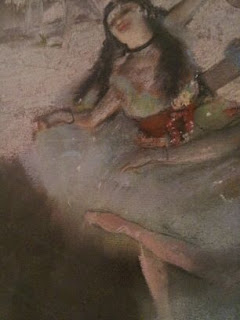I take pictures of my food. I do so with glee. GLEE. And when I post a picture of my food, it is because I'm still savoring it. I feel like, for me - what my meal looks like represents my current life or state of mind to a certain point. There are times, honestly, when I think my best foot forward or my most photogenic side is the meal I just created. It might represent something just for myself - how colorful, or fresh, or gloopy I'm feeling. And it might represent what I want to convey to the people I'm cooking for - "I'm comfortable with you," "you make me feel warm," or "our weekend is going to be zesty/fiery/rich."
What we eat says so much about us already, and if we're proud or excited to share it, I think those of us that do are sharing something significant of ourselves. So, go ahead and post those pictures! (Not like anyone can stop those of us that do!) I want to see your fancy gougères that you put so much time into. And I'll probably even give you a thumbs up/heart/like for your peanut butter toast and iced gin at 9pm picture because it says a bit about your day and how you've chosen to celebrate it/wallow/comfort yourself.
So, cheers!

You can find more of my food pictures on instagram and twitter, though I must warn you - I'm also one of those annoying people who posts copious pictures of her dog.
See? It's because she's SO CUTE! And I'm sure you think so too! Right?
























